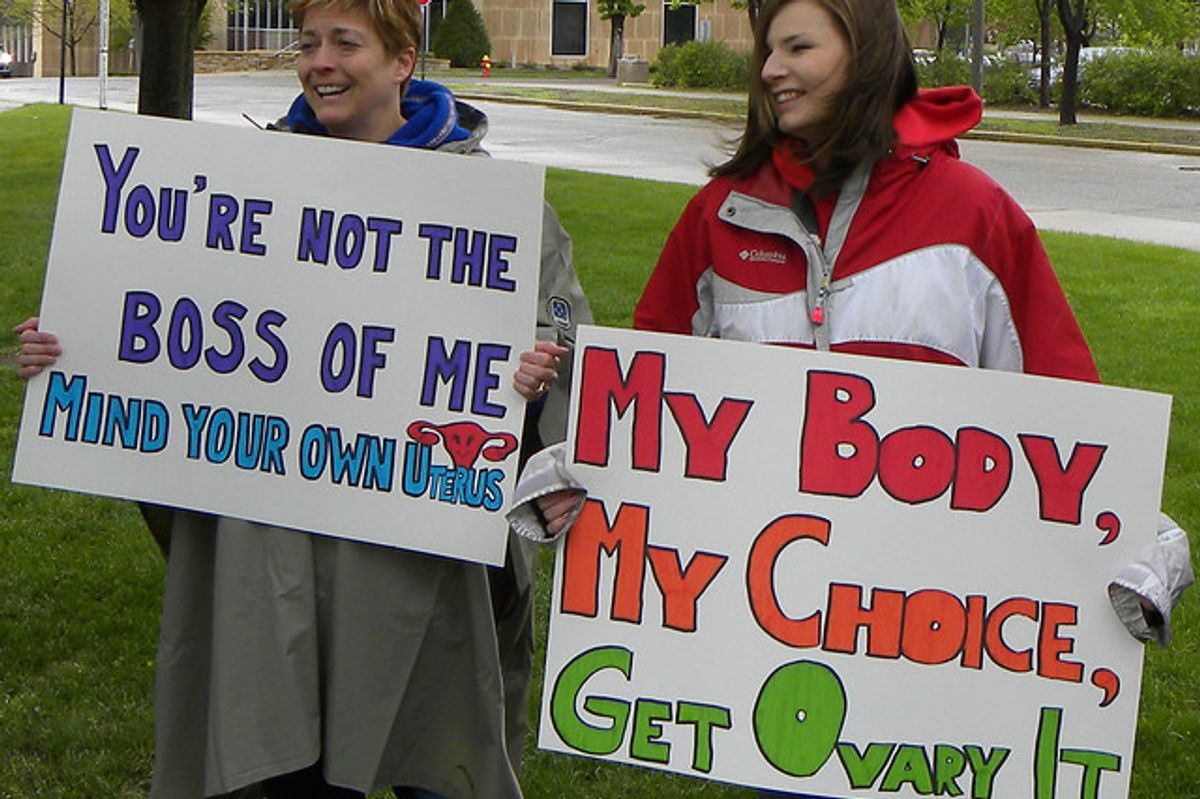
Washington (AFP) – The U.S. economy grew at an annual rate of 2.5 percent in the second quarter, the Commerce Department said Thursday, leaving its prior estimate unchanged.
Analysts had expected that second-quarter gross domestic product (GDP) expanded at a slightly stronger 2.6 percent pace.
The world’s largest economy grew 1.1 percent in the first quarter.
“With the third estimate for the second quarter, the general picture of economic growth remains largely the same,” the Commerce Department said.
Revisions offset each other in the data, leaving last month’s estimate unchanged.
Inventory investment was lower than previously estimated, amid weaker spending by food and beverage stores and information industries.
Exports of goods and services also were revised lower.
But state and local government spending was revised upward, particularly in investment in structures.
Overall, the pace of economic growth in the April-June period was lackluster and well below the momentum needed to boost job growth.
Analysts expect that growth slowed sharply in the current third quarter that ends Monday.
Macroeconomic Advisers puts the third-quarter pace at 1.7 percent, while Moody’s Analytics revised down its tracking estimate to 1.4 percent Wednesday after weaker-than-expected durable goods orders and new-home sales.
The Federal Reserve last week cut its growth forecast for this year to 2.0-2.3 percent as it unexpectedly announced it would keep an open throttle on its easy-money policy.
Fed Chairman Ben Bernanke said that the central bank could still begin reducing its $85 billion a month bond purchases, known as quantitative easing (QE) in the next three months, but only if the outlook for the economy strengthened.
“If the data confirm our basic outlook, if we gain more confidence in that outlook… then we could move later this year,” he said after a two-day Federal Open Market Committee policy meeting.
The Fed’s preferred measure of inflation — the personal consumption expenditures (PCE) price index for goods and services — fell 0.1 percent in the second quarter, according to the Commerce Department data.
“Worryingly, it looks like even this relatively modest growth is only being achieved by firms cutting prices,” said Chris Williamson, chief economist at Markit.
“That was the first time these prices have fallen since the dark days of early 2009 and points to a general lack of demand growth.”
Photo Credit: AFP/Joe Raedle


